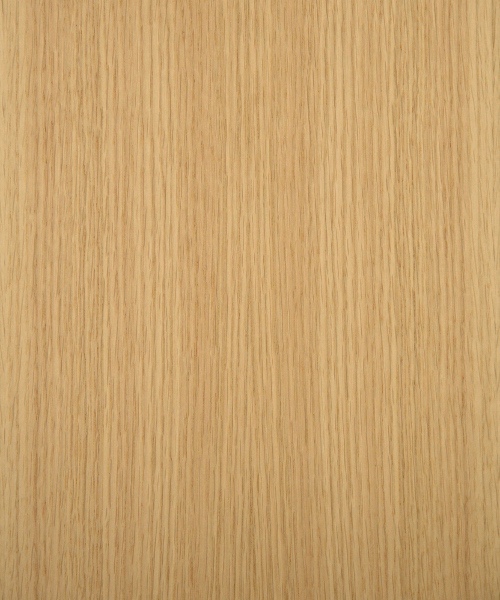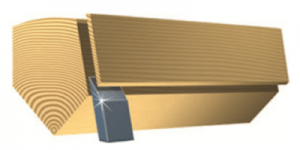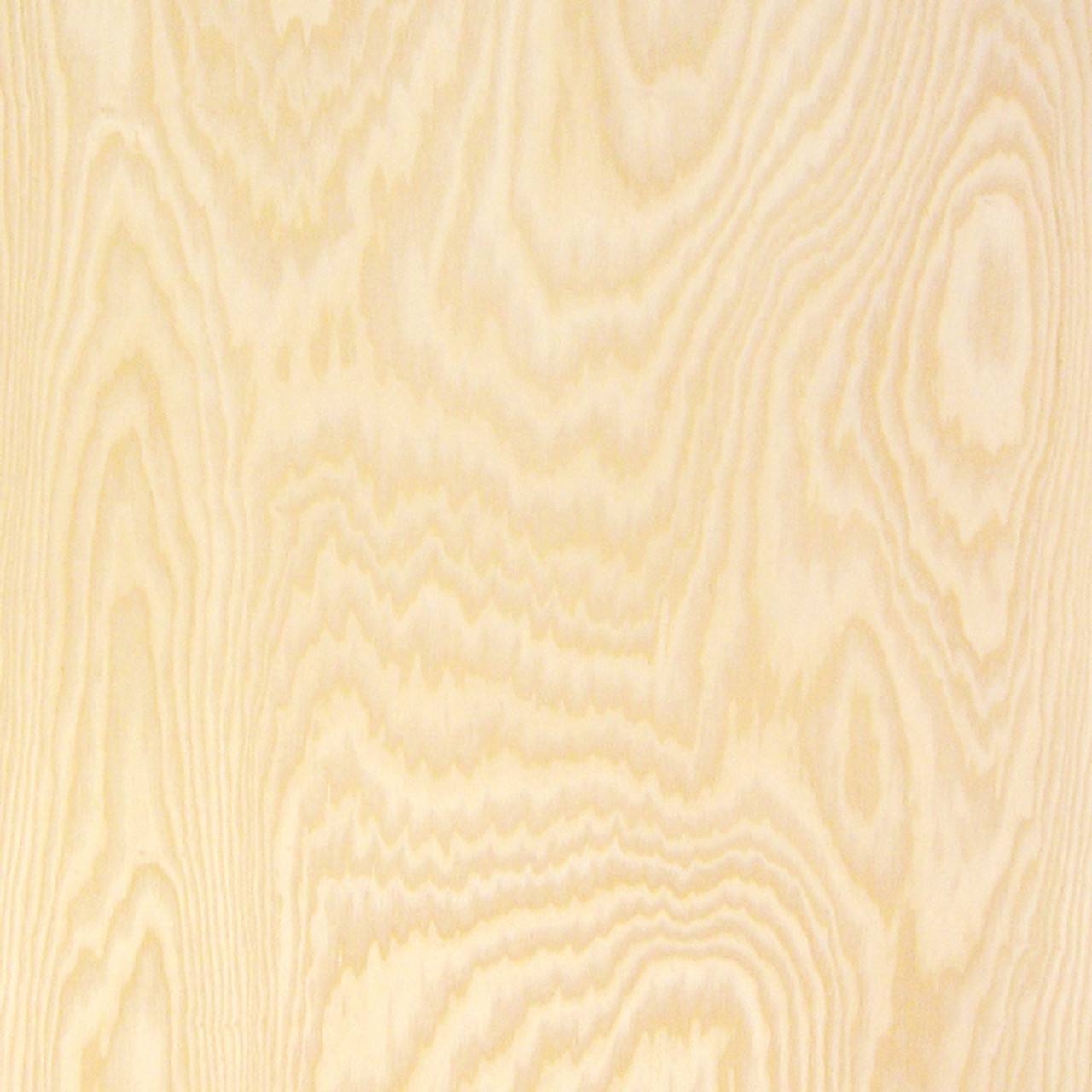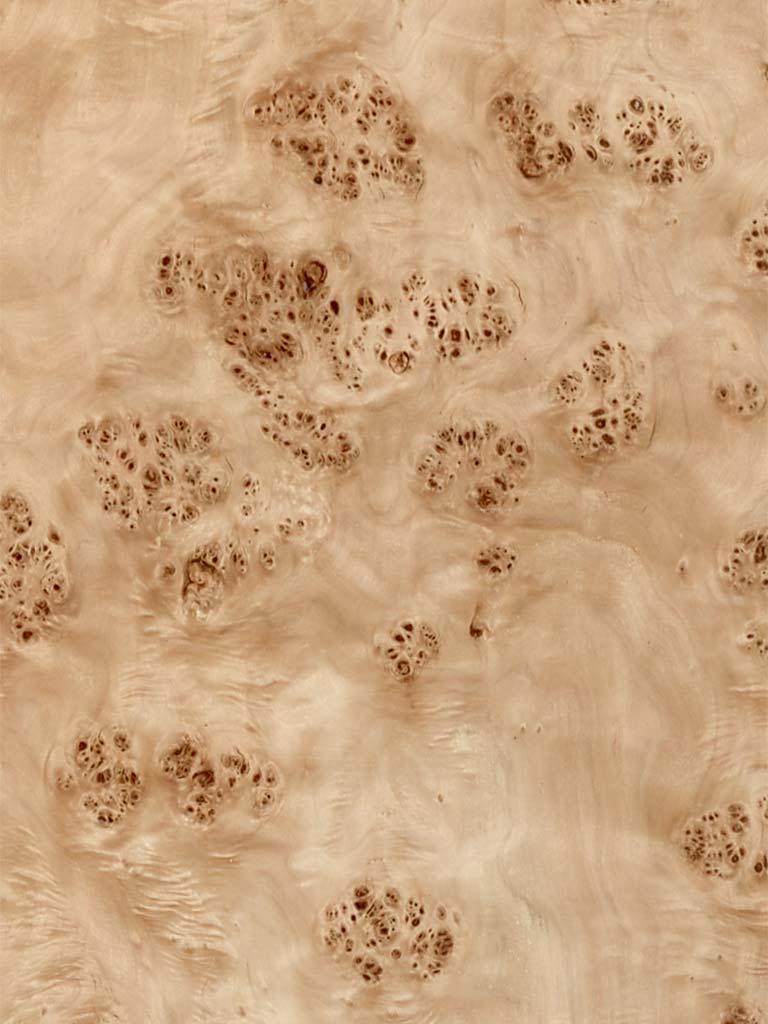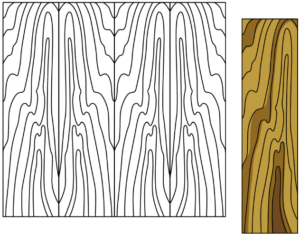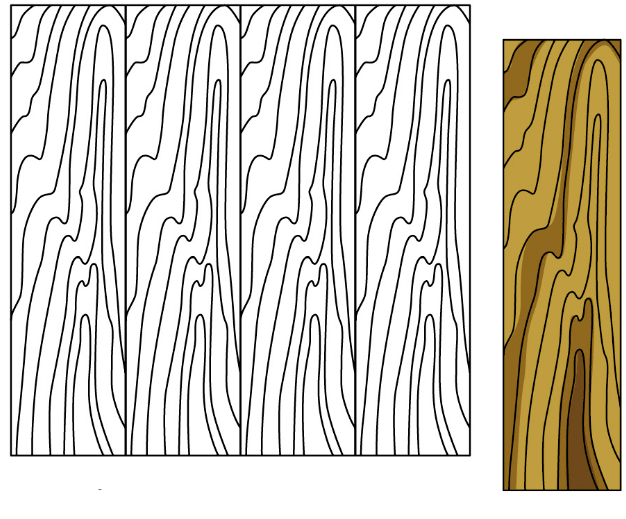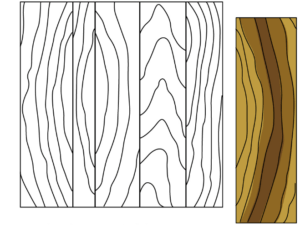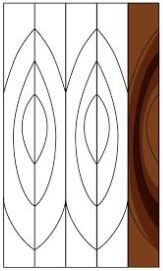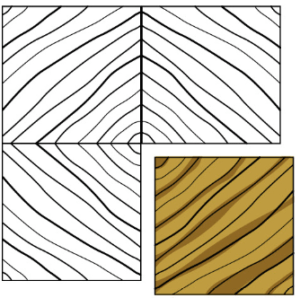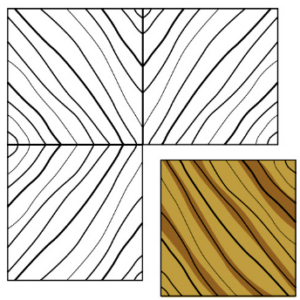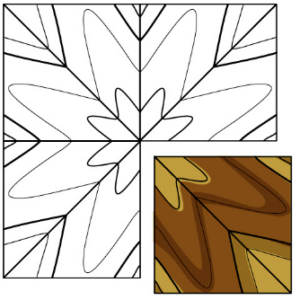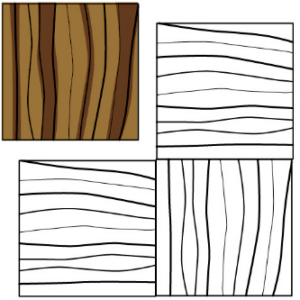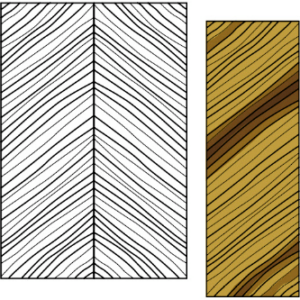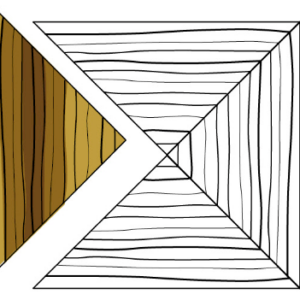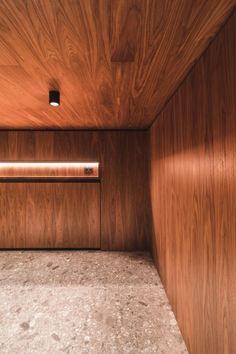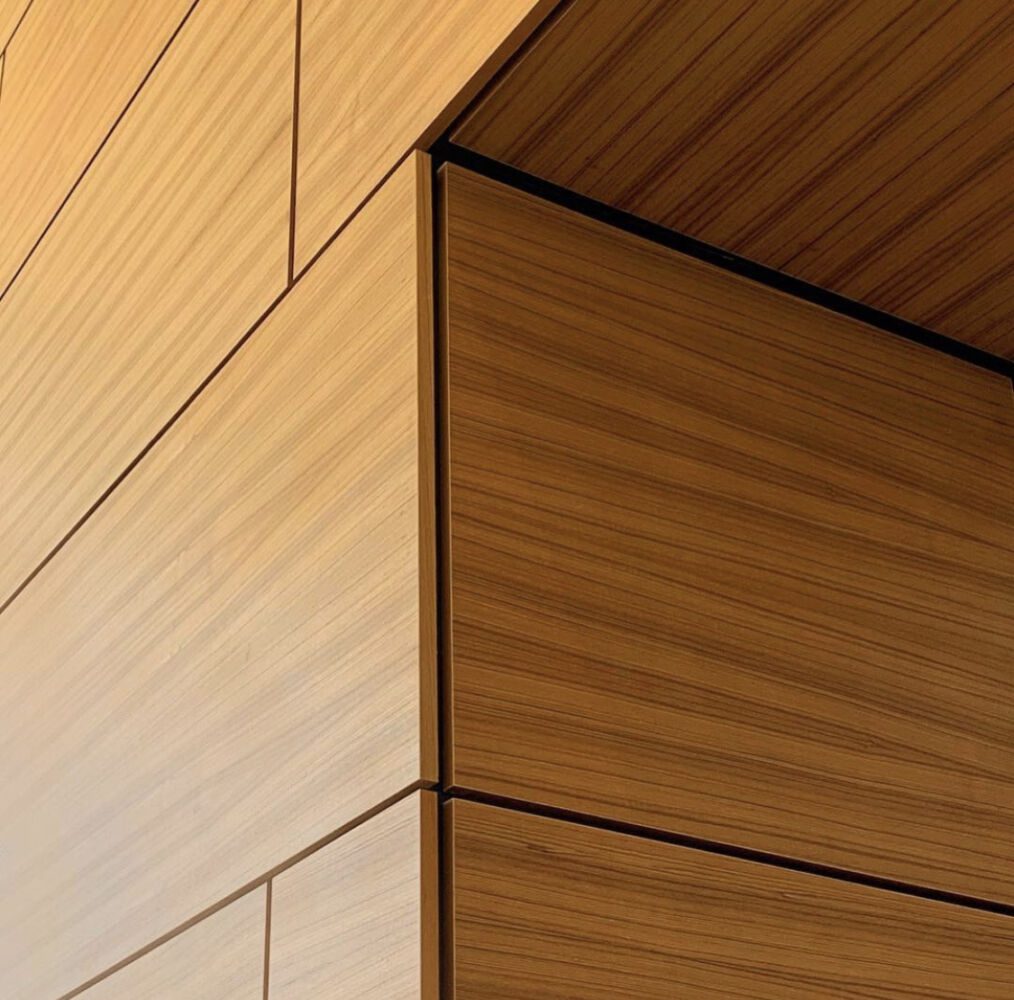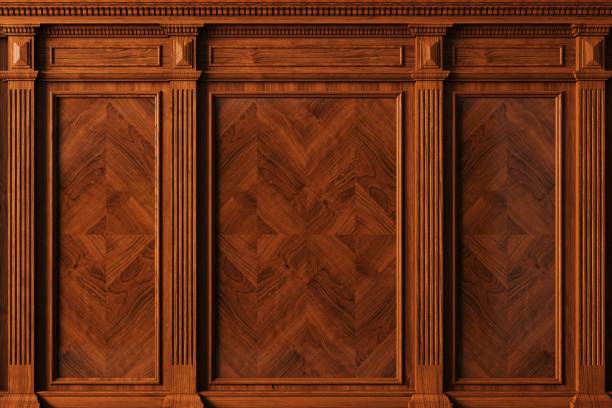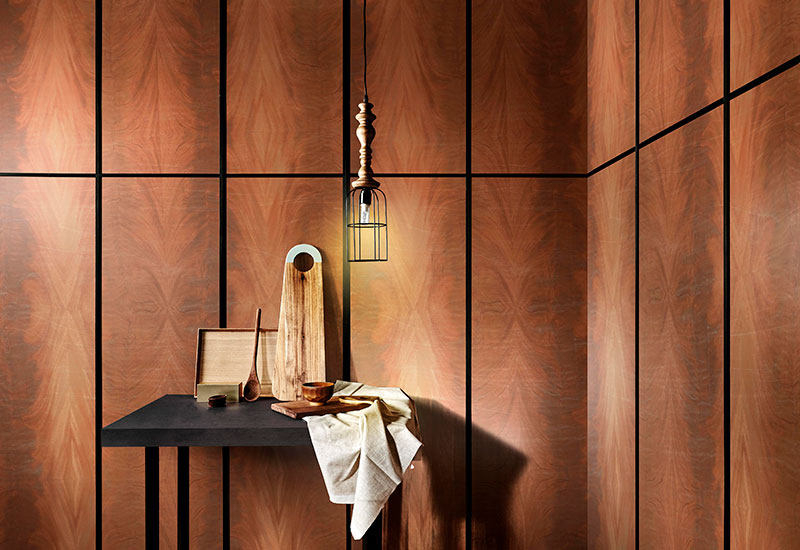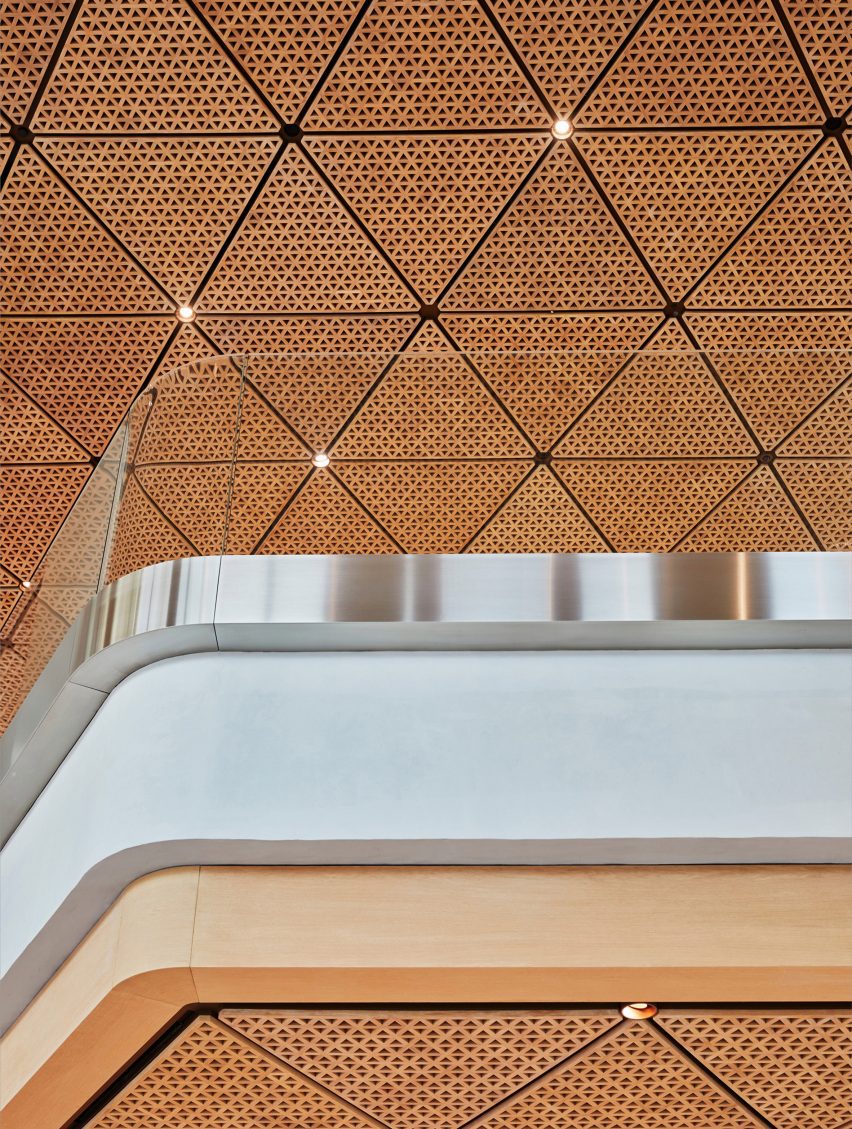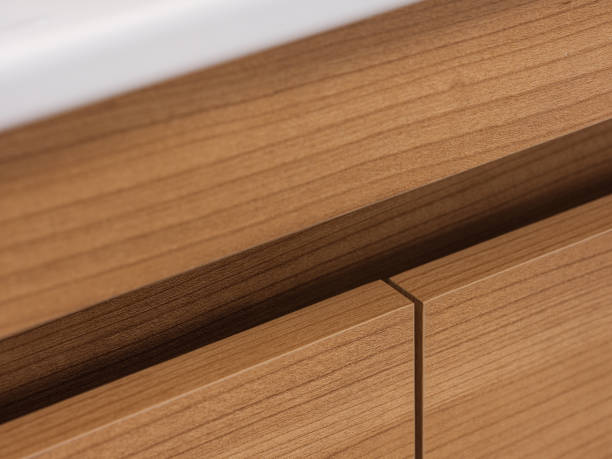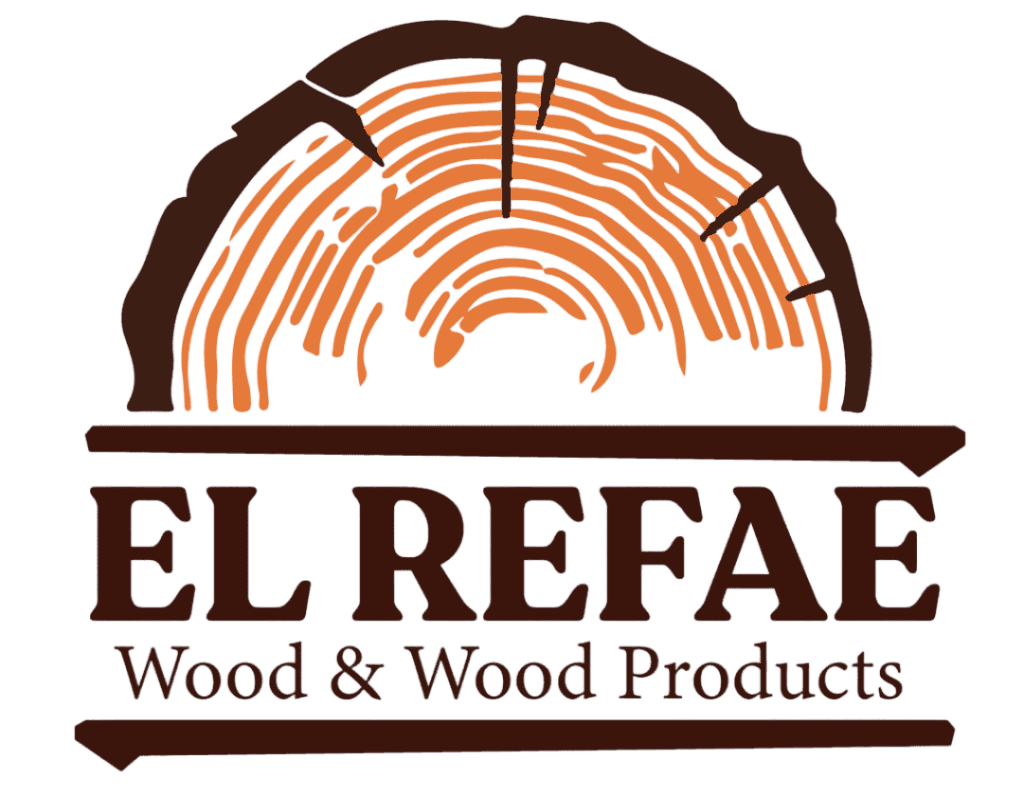
Wood Veneer Is the whispered echo of a grand forest, captured in a paper-thin slice. It refers to thin slices of real wood logs, typically less than 3mm thick. It’s obtained either by “peeling” the trunk of a tree or by slicing large rectangular blocks of wood known as flitches.
The appearance of the grain and figure in wood comes from slicing through the growth rings of a tree and depends upon the angle at which the wood is sliced. These slices are adhered to a stable core material like plywood, MDF, or particleboard to create panels that can be used in various applications. This creates a composite panel offering the aesthetic appeal of solid wood with improved functionality. It transforms ordinary surfaces into shimmering panels of grain and texture.
Wood veneer is the whispered echo of a grand forest, captured in a paper-thin slice that retains the elegance and beauty of the tree from which it was sourced. It refers to thin slices of real wood, typically less than 3mm thick, that are carefully extracted to preserve the natural grain and texture of the wood. it’s obtained either by “peeling” the entire trunk of a tree or by slicing large rectangular blocks of wood, known as flitches, which are prepared specifically for this purpose. This process allows for a variety of grain patterns, depending on the species of wood and the technique used to slice it.
The appearance of the grain and figure in it’s a direct result of slicing through the growth rings of the tree. The angle and method used during the slicing process greatly influence the resulting pattern, giving each veneer a unique character. When the wood is sliced parallel to the growth rings, it often reveals beautiful, elongated grains with striking contrast, while cross-cutting exposes intricate, circular patterns that can add visual interest to any surface. This means that veneers offer a diverse array of visual effects, allowing designers to select a specific aesthetic that aligns with their vision for the project.
These thin slices are typically adhered to a stable core material like plywood, medium-density fiberboard (MDF), or particleboard to create composite panels that have the appearance of solid wood with enhanced practicality and functionality. This construction allows for the creation of surfaces that maintain the luxurious appearance of solid wood, yet are more resistant to warping, cracking, and splitting. The stable core material provides a strong foundation, while the veneer layer brings the warmth and elegance of real wood, resulting in a product that is not only beautiful but also durable and adaptable to a wide range of applications.
It allows ordinary surfaces to be transformed into shimmering panels of grain and texture, offering a refined aesthetic that can elevate both residential and commercial spaces. They are often used for cabinetry, wall paneling, furniture, and architectural millwork, as they provide the authentic look of solid wood at a fraction of the cost and with much greater flexibility. It’s panels are available in a wide array of wood species, from classic options like oak, walnut, and cherry to more exotic choices such as mahogany, rosewood, and teak. Each species brings its own unique grain patterns, colors, and characteristics, offering endless possibilities for customization.
The versatility of it’s panels extends beyond aesthetics. They can be finished with a variety of treatments, such as staining, varnishing, or lacquering, to further enhance their appearance and protect the wood surface. Additionally, because it’s made from real wood, it is more environmentally friendly than solid wood, as it uses a significantly smaller amount of raw material. By maximizing the yield from each log, it’s production reduces waste and promotes more sustainable use of natural resources. Many manufacturers also use low-emission adhesives and eco-friendly processes to further minimize the environmental impact of products.
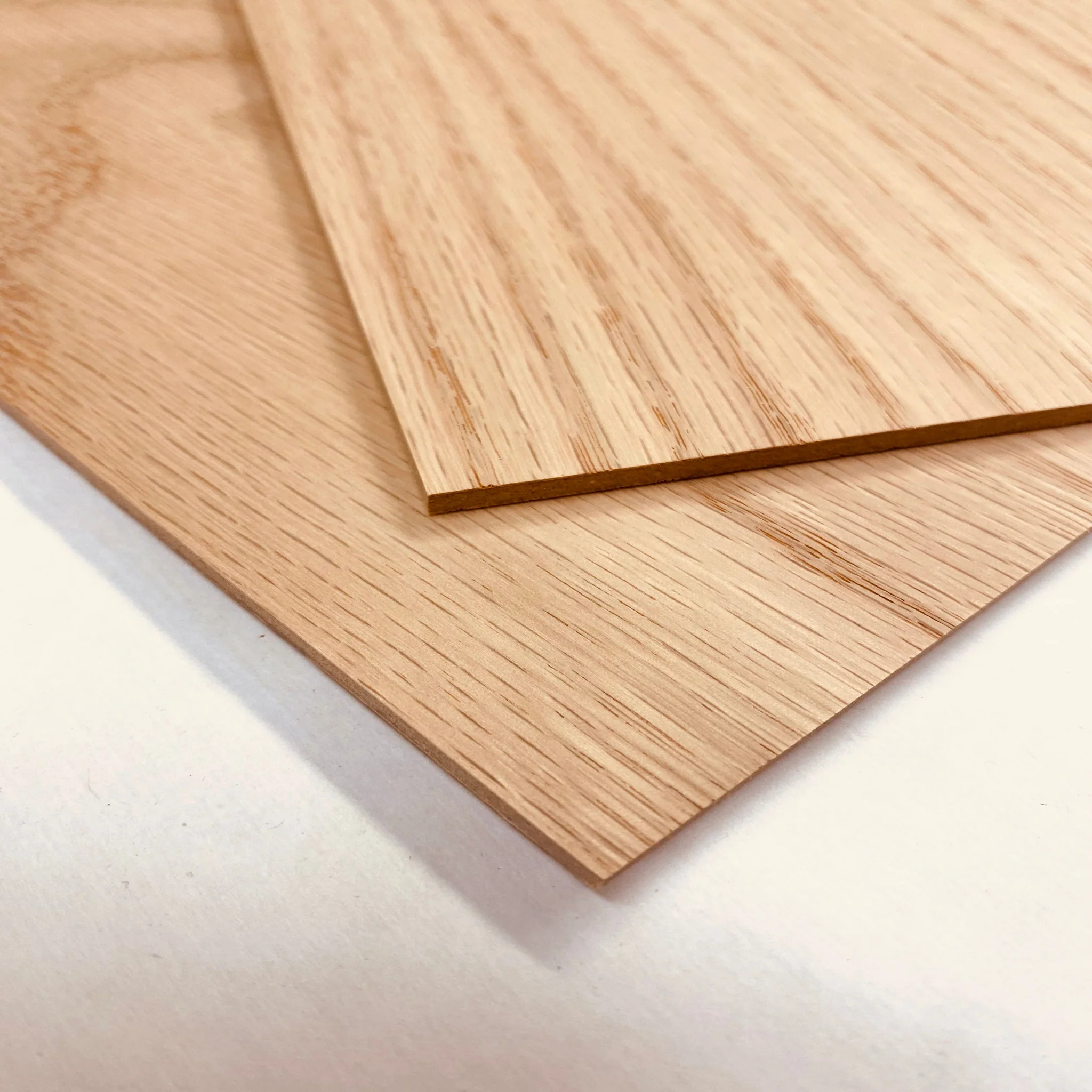
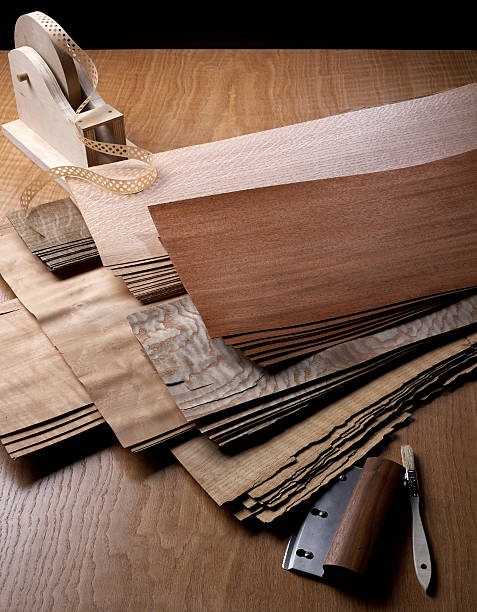
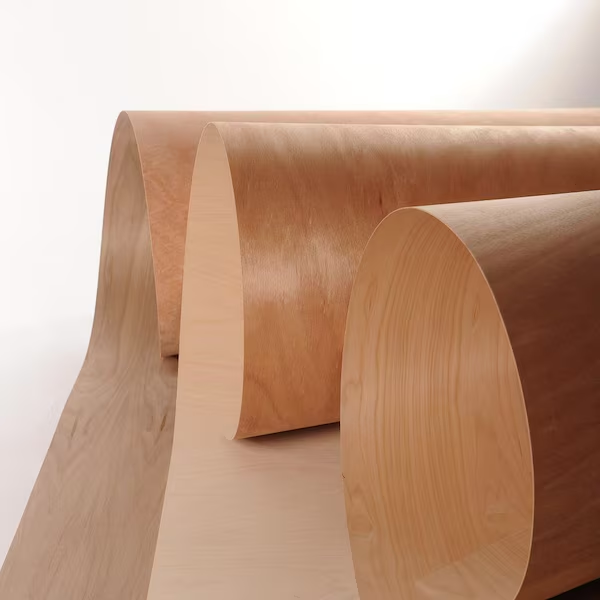



Full-length offerings:
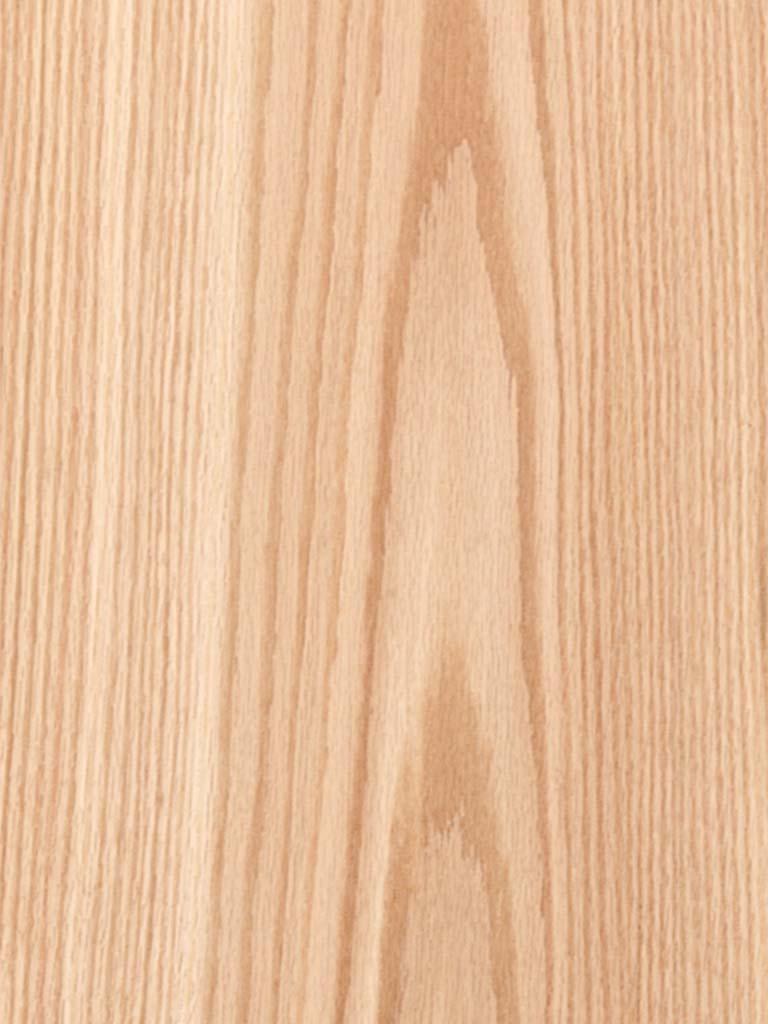

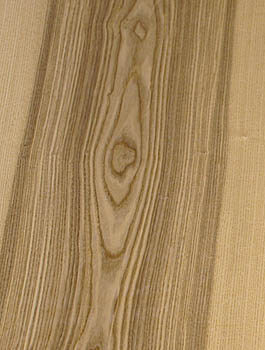
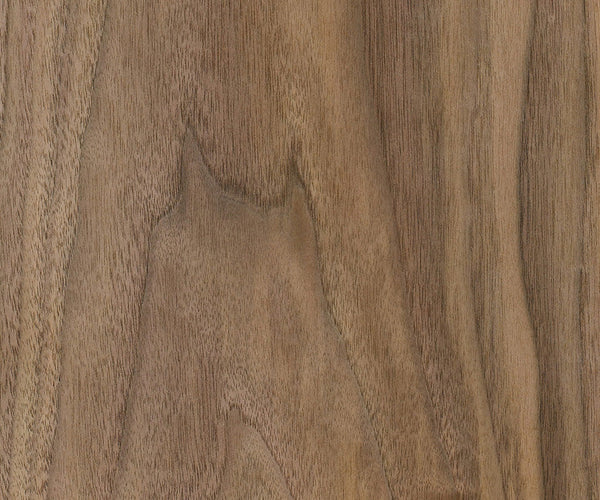
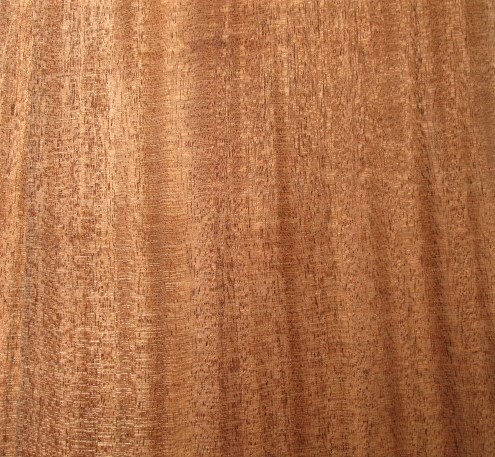

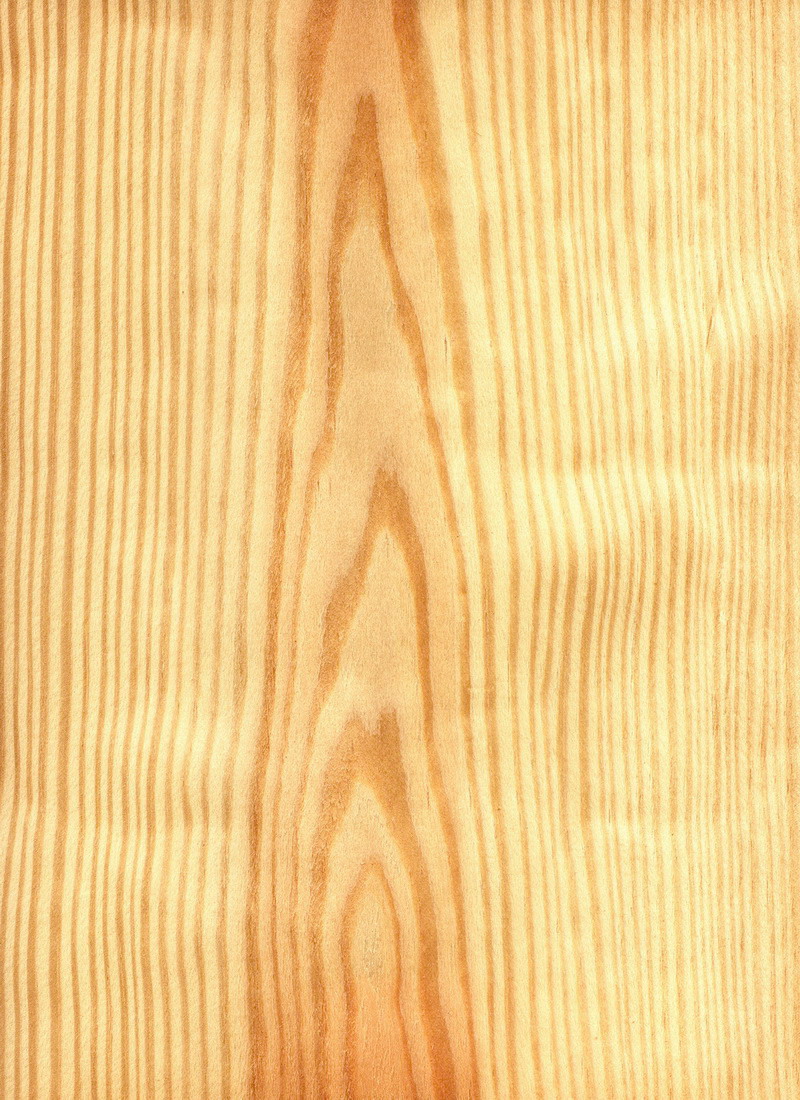
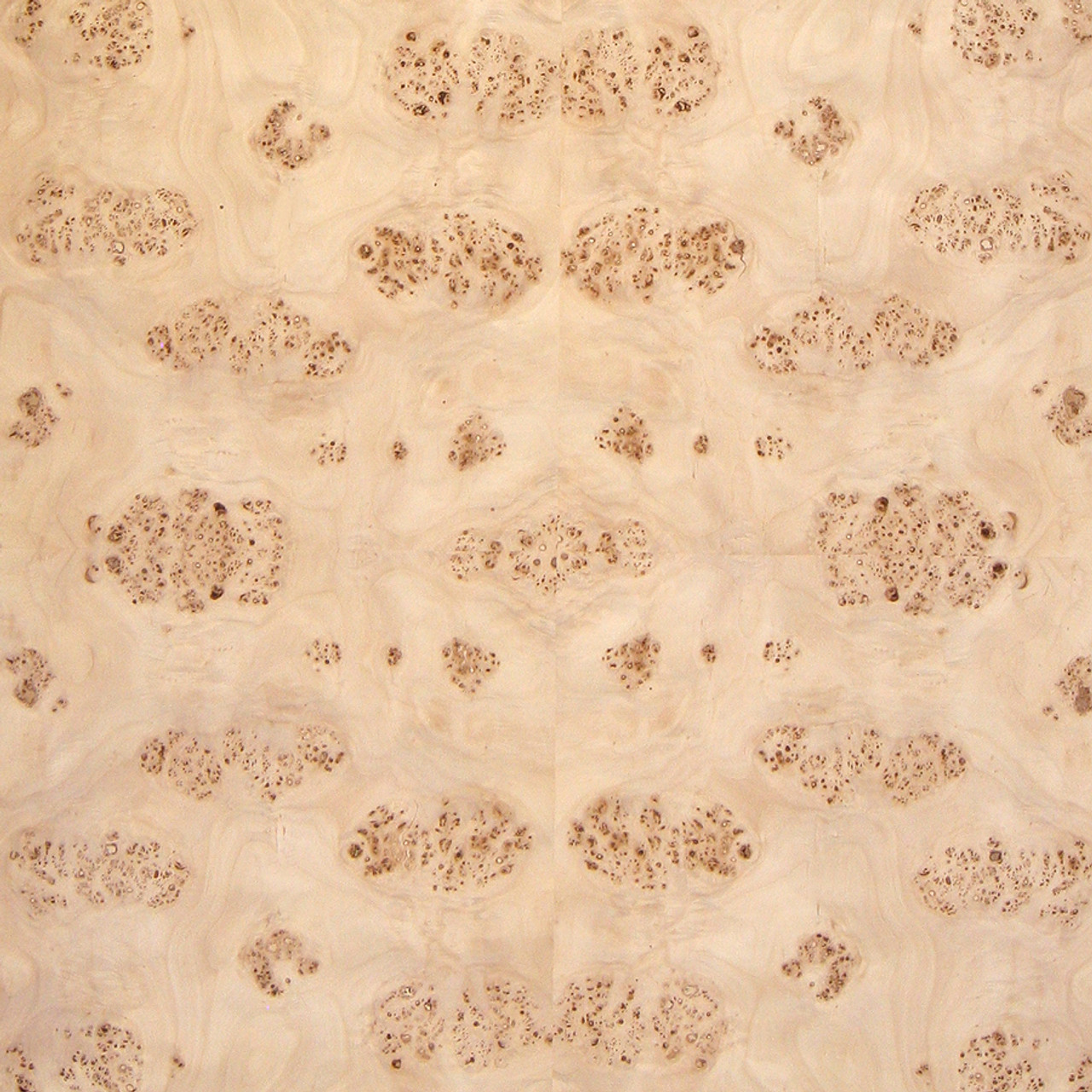
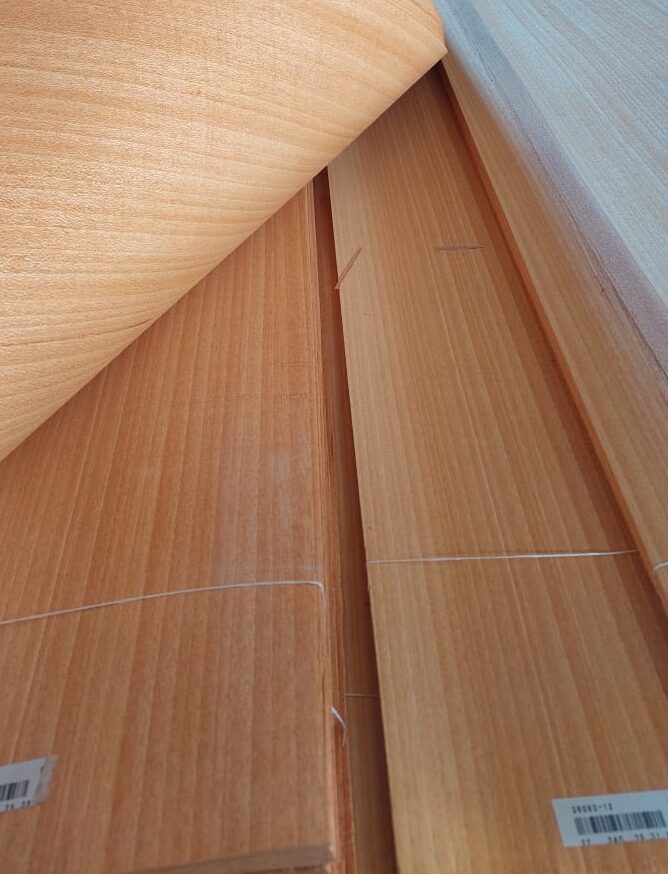
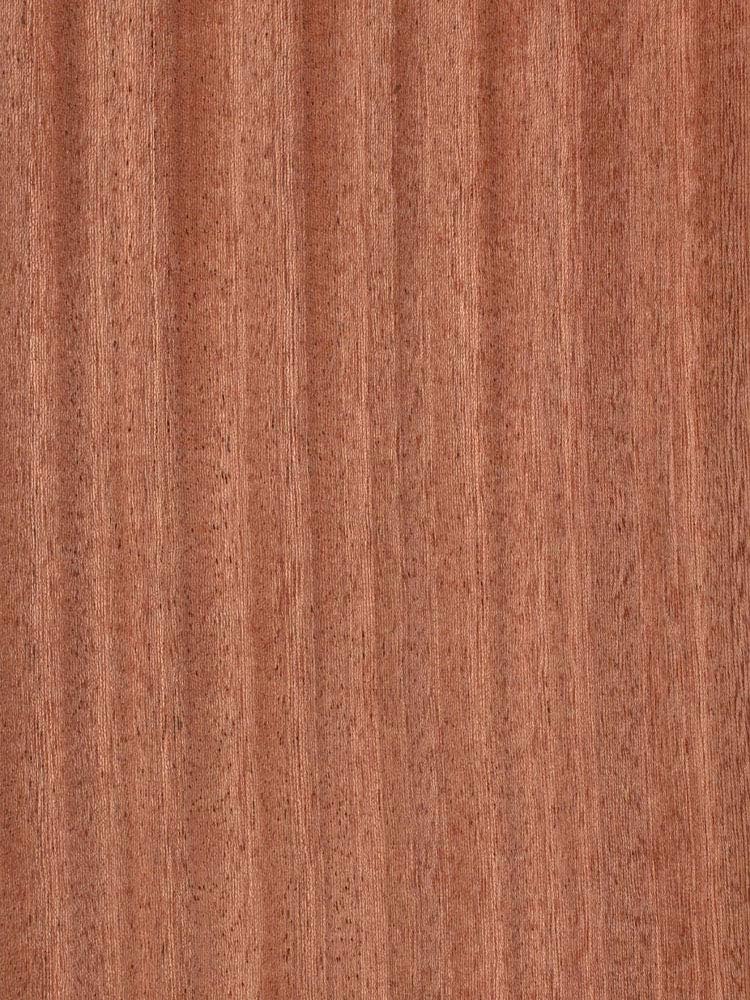
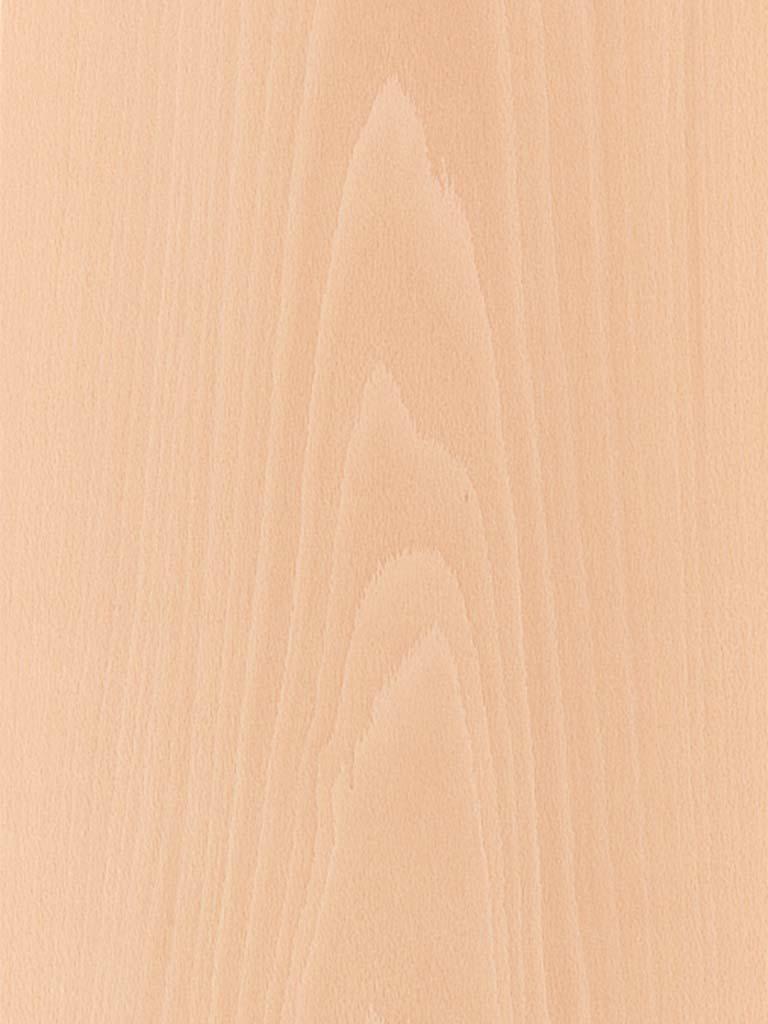
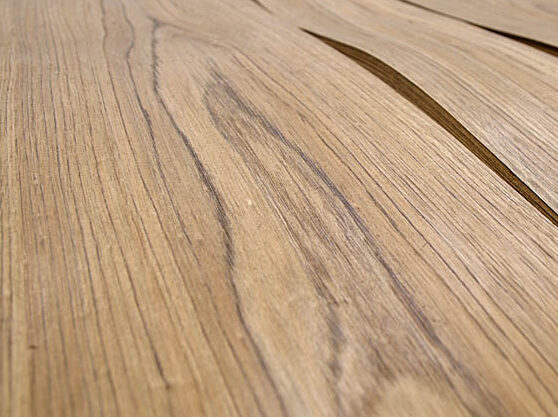

The creation of wood veneer involves precision and craftsmanship. Here’s a simplified look at the process:

 Log Selection
Log SelectionHigh-quality logs are chosen, often from the top section of the tree for the best grain patterns.
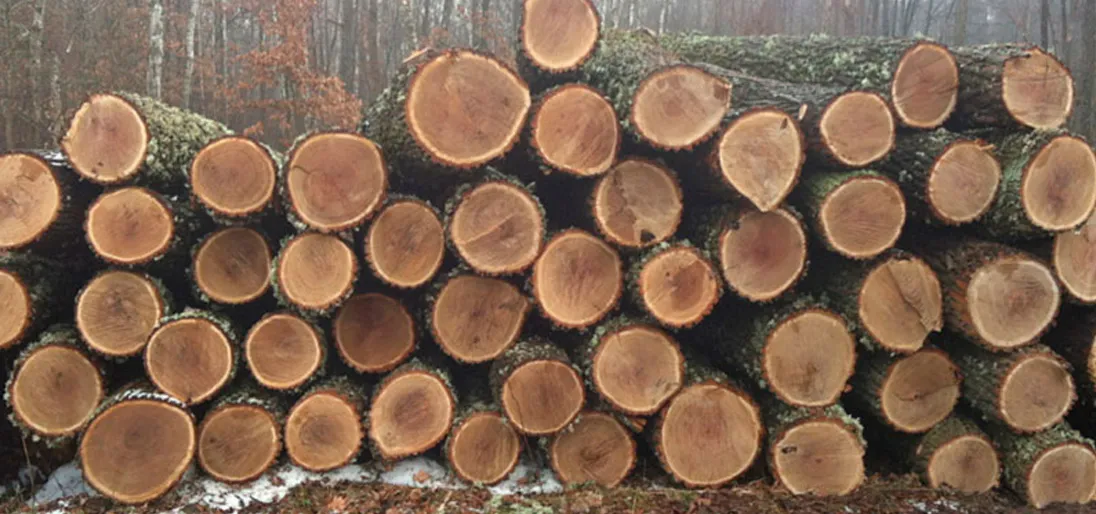



 Soaking and Preparation
Soaking and PreparationThe logs undergo a lengthy soaking in hot water vats, softening the wood for easier slicing.


 Slicing Techniques
Slicing Techniques



 Drying and Finishing
Drying and FinishingThe sliced veneer is carefully dried and may be dyed or stained to achieve desired colors.

 Clipping and Packing
Clipping and PackingOnce the veneer is dried, it goes to the clipping machine to sharp cut the edges and unify them. Then, the sheets are packed in bundles.


The grains and figures in wood veneer come from slicing through the growth rings of a tree and depend upon the angle at which the wood is sliced. There are five main techniques of veneer slicing, as shown below, resulting in different grain appearance
A whole log is mounted in the center of the lathe and turned against a sharp blade, much like unwinding a roll of paper. It is the most economical method of cutting. It can be wide enough to produce a full-sheet, or single piece faces.
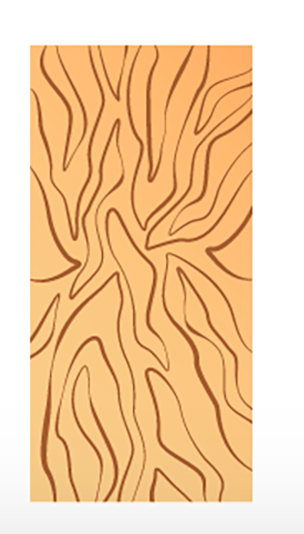
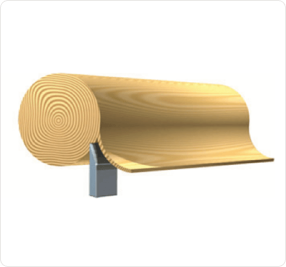
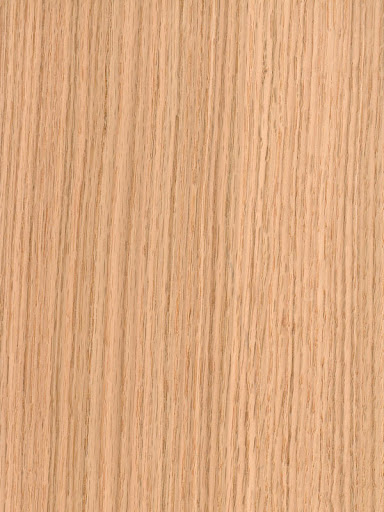
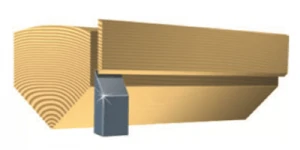
A quarter log is mounted on the flitch table so that the growth rings are perpendicular to the cutting blade, producing a series of stripes. These stripes can be straight in some woods and varies in others.
A half log is mounted with the heart side flat against the flitch table of the slicer. The cut is then made with the blade parallel to the length of the log producing the appearance of a “cathedral effect”.
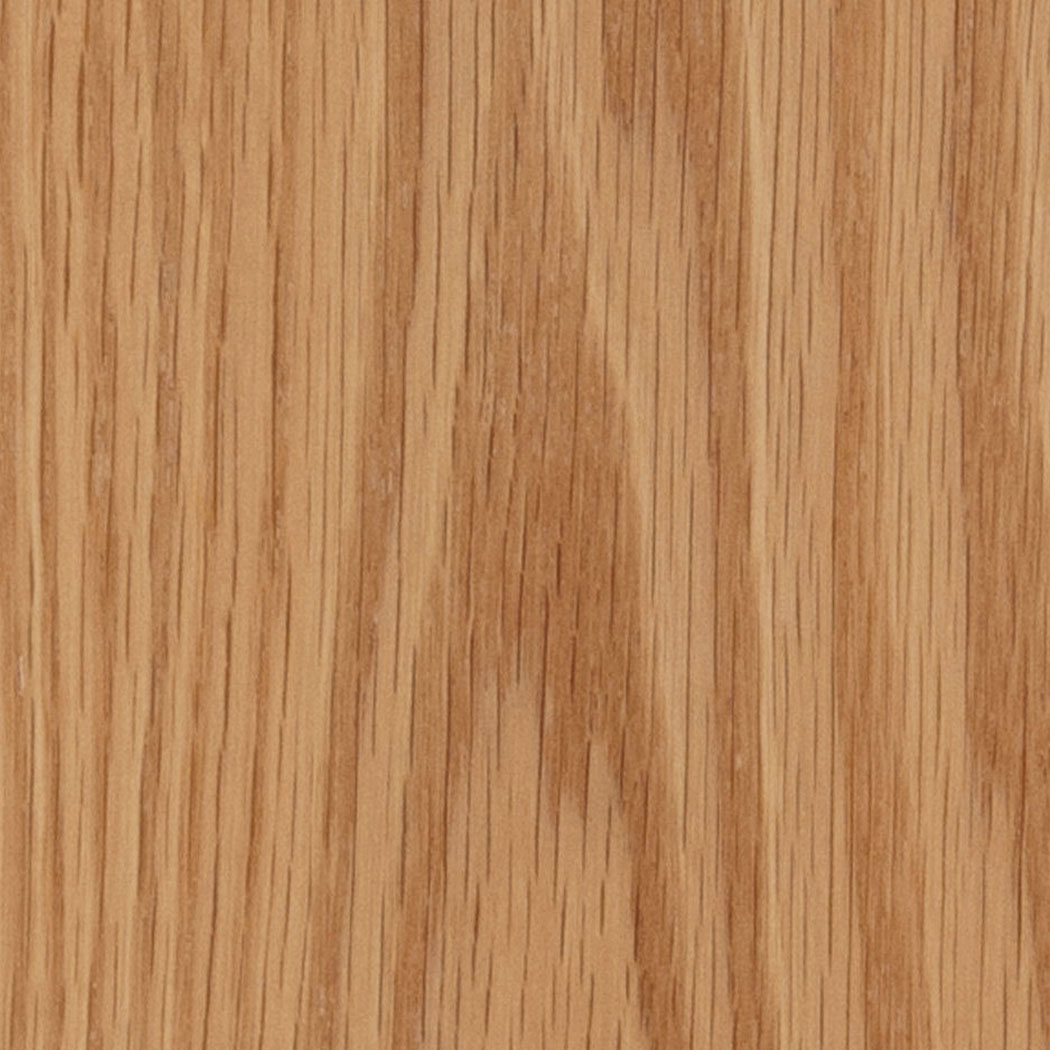
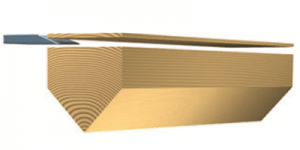
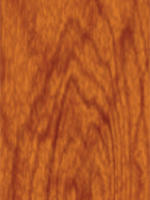
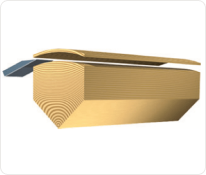
A half, third or quarter of a log is attached to a plate on a lathe and turned. Half-round slicing is used to accentuate the different grain in certain woods. However, it can also be used to achieve a flat/ plain sliced veneer appearance.
A quarter of the log is fixed to a plate on a turning stay log. As the flitch is rotated, the blade and angle can be varied so that the wood is cut exactly to produce the very straight rift grain. Rift slicing uses a “stay log lathe,” which cuts with a rotary action. Rift slicing also achieves a straight grain pattern, but avoids the appearance of “flake” that occurs in some species when quarter sliced. Most often, this method is used with oak and it is generally the straightest and free from cathedrals and variations in grain.
